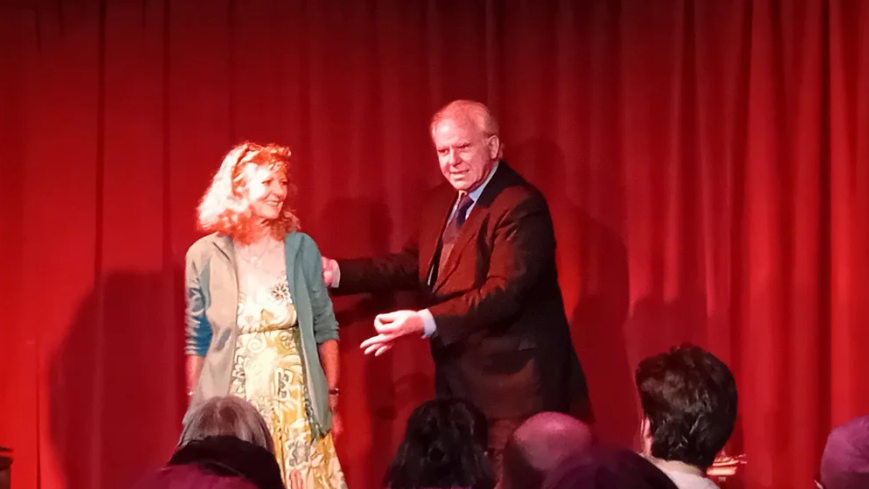Cold Reading Psychology: How It Works and Why People Believe It
Cold Reading Psychology: How It Works and Why People Believe It
When you sit down with a psychic, fortune teller, or even a smooth-talking salesperson, it can feel like they know everything about you. The secret isn’t magic it’s cold reading psychology.
This fascinating mix of human behavior, cognitive biases, and communication tricks explains why vague statements can feel deeply personal. In this article, we’ll break down the essentials of cold reading psychology, explore the techniques behind it, and reveal why it works so well.
What Is Cold Reading Psychology?
At its core, cold reading psychology is the study of how people interpret statements about themselves and why they so often believe they’re accurate. Cold reading doesn’t require prior knowledge. Instead, it relies on universal human traits and predictable psychological patterns.
Psychics and performers use cold reading to sound insightful. Business professionals use similar techniques to build rapport. And everyday conversations are full of unconscious examples of cold reading psychology at work.
Key Principles of Cold Reading Psychology
To understand why people fall for cold reading, we need to look at some basic psychological principles:
1. The Forer Effect (Barnum Effect)
People accept vague, general statements as uniquely accurate. For example:
“You have a strong need to be liked, but you’re also critical of yourself.”
This is a cornerstone of cold reading psychology.
2. Confirmation Bias
People remember the “hits” and ignore the “misses.” When a psychic makes several guesses, the correct-sounding ones stick.
3. The Cooperation Principle
Most people want the interaction to succeed, so they unconsciously help the reader by supplying details or interpreting vague statements.
4. Social Cues and Feedback Loops
Cold reading psychology also relies on body language, tone, and micro-reactions. The reader adjusts based on subtle signals.
Classic Techniques in Cold Reading Psychology
Here are some of the most common techniques rooted in cold reading psychology:
Barnum Statements: Broad statements that apply to nearly everyone.
Rainbow Ruse: Covering opposite traits, e.g., “You’re usually patient, but when pushed, you can be assertive.”
The Jacques Statement: Suggesting someone has changed over time, such as growing more confident.
Fuzzy Facts: Vague but plausible remarks, like “I sense a recent change in your life.”
Push Statements: Phrased to win either way, e.g., “You’re quite organised, aren’t you?”
These techniques demonstrate the practical power of cold reading psychology in action.
Cold Reading Psychology in Business
While psychics popularised it, cold reading psychology has found a home in business and communication. Sales professionals, coaches, and leaders use it to:
Build instant rapport with clients
Make people feel understood
Guide conversations in persuasive directions
For example, a manager might say:
“You’re someone who likes to think through options carefully, but once you’ve made a decision, you stick with it.”
This feels personal while being drawn straight from cold reading psychology.
Why Cold Reading Psychology Works So Well
The power of cold reading psychology lies in its ability to tap into universal human needs:
The need to feel understood
The need for validation
The desire to find meaning in events and experiences
Because these needs are so strong, even the vaguest statements feel true, and people overlook inaccuracies.
How to Spot Cold Reading Psychology in Action
To avoid being misled, watch for signs like:
Overly general statements
Contradictory descriptions that cover both sides of a trait
Predictions that are vague or unverifiable
Once you understand cold reading psychology, you’ll spot it everywhere from psychic readings to motivational speeches.
Cold reading psychology shows us that belief often has less to do with supernatural powers and more to do with how our minds interpret language and meaning. From Barnum statements to confirmation bias, it’s a fascinating study in how humans seek connection and validation.
By understanding cold reading psychology, you gain two advantages: you won’t be fooled by it, and you can use it ethically to connect, persuade, and build stronger relationships.





